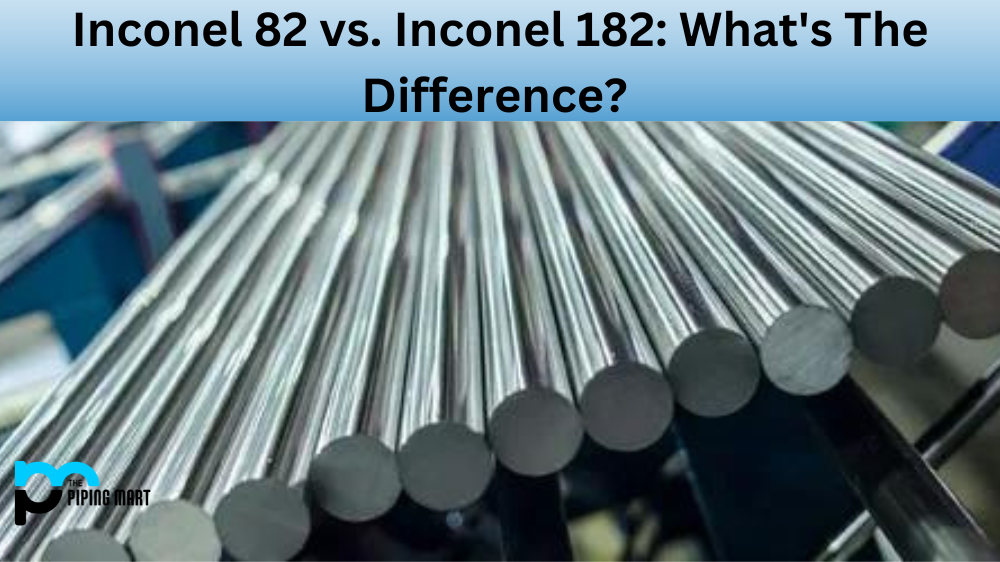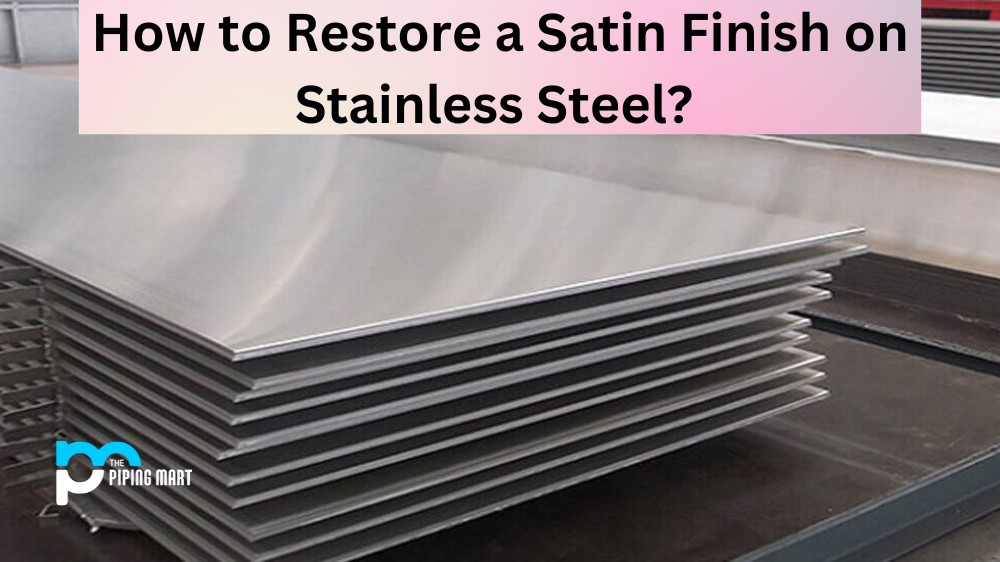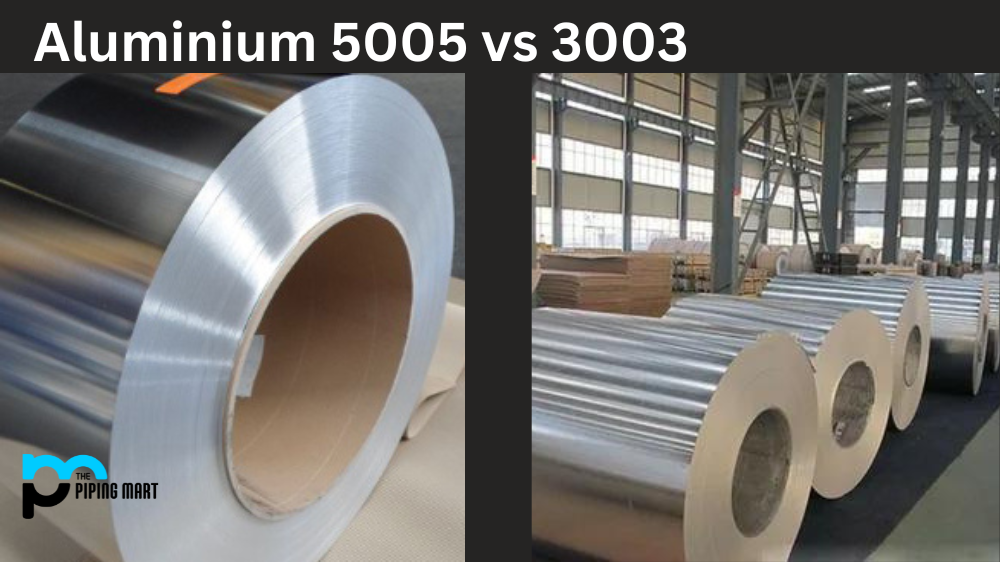Inconel is a family of high-performance alloys with various applications, from aerospace to automotive to industrial. Within the family, several members are commonly used—two of which are Inconel 82 and Inconel 182. While they share many similar properties, there are also some significant differences. Let’s take a look at what sets these two alloys apart.
Inconel 82 and Inconel 182 belong to the same Nickel-Chromium-Molybdenum (NiCrMo) alloy family, but they have different chemical compositions that give them other properties. Specifically, Inconel 82 is an age-hardenable alloy with about 24% chromium and 13% molybdenum for excellent oxidation resistance and strength at elevated temperatures. It also has good formability and weldability even after aging.
In contrast, Inconel 182 is an age-hardenable alloy containing about 20% chromium and 8% molybdenum for improved oxidation resistance at a higher temperature than its cousin 82. It has excellent sulfidation resistance as well as good flexibility in both the solution-treated and aged conditions—making it easy to form into complex shapes.
The primary difference between these two materials is their strength; while 82 offers excellent strength at elevated temperatures, 182 offers superior formability even after aging due to its lower molybdenum content. This makes it ideal for applications where complex forming shapes are necessary. It’s important to note that both alloys can be hardened by cold working or heat treatment—making them both versatile enough for a wide range of uses in various industries, such as aerospace, automotive, or industrial applications.
Difference Between Inconel 82 and Inconel 182
Inconel 82
Inconel 82 is an austenitic nickel-chromium alloy with high levels of chromium, molybdenum, and cobalt. The alloy has excellent resistance to oxidation and corrosion, and it can be used in high-temperature applications up to 1200°F (649°C). Inconel 82 also has good weldability and can be fabricated into various shapes.
Inconel 182
Inconel 182 is an austenitic nickel-chromium alloy with high levels of chromium and molybdenum. The alloy has excellent resistance to oxidation and corrosion, and it can be used in high-temperature applications up to 1200°F (649°C). Inconel 182 also has good weldability and can be fabricated into various shapes.
Composition
The main difference between Inconel 82 and Inconel 182 is their composition. Inconel 82 contains higher chromium, molybdenum, and cobalt levels than Inconel 182. As a result, Inconel 82 has better resistance to oxidation and corrosion than Inconel 182. Additionally, Inconel 82 can be used in higher-temperature applications than Inconel 182.
Applications
Due to their different compositions, Inconel 82 and Inconel 182 have different applications. Inconel 82 is typically used in chemical processing equipment, while Inconel 182 is often used in aerospace components.
Price
In general, Inconel 82 is more expensive than Inconel 182 due to its higher levels of chromium, molybdenum, and cobalt. However, the price difference between the two alloys will vary depending on the current market conditions.
Conclusion:
When considering your options for a high-performance NiCrMo alloy, it’s essential to understand the differences between Inconel 82 and 182 in order to choose the one best suited for your application(s). Both offer outstanding properties, including oxidation resistance and weldability but differ slightly in strength; while 82 offers excellent strength at elevated temperatures, 182 offers greater flexibility even after aging due to its lower molybdenum content making it better suited for complex shapes than its cousin 82 does. Ultimately, it comes down to understanding your project needs so you can decide on the right material for the job!
Sakshee is a talented blogger, with a particular focus on the Business and Metal Industry. She is passionate about sharing her insights on various metal products and helping professionals to make a better decisions.




